
News
Published on 7 Apr 2025
Jamie Collier
What is the Role of AI in the Drone Industry?
A guide to understanding what AI is, its role in the drone industry, and examples of AI features used everyday.
In this blog, we explain what AI is, how it’s currently used in the drone industry, and where the technology is heading.
We’ll highlight real-world examples of AI in action, helping you understand its role in everyday drone operations.
We cover:
A clear definition of AI and how it applies to drones;
What separates AI-driven features from standard drone functions;
Why AI is a vital part of the drone industry’s progress;
How AI improves accuracy, safety, and ease of operation for drone pilots;
Practical examples of AI in use, such as obstacle avoidance and facial recognition;
A look at the future of AI in drones and its growing potential across sectors.
What is AI?
Artificial Intelligence (AI) has become a common term across the tech industry and in mainstream media.
With such wide use, the definition of AI can feel vague—what was once a technical concept is now used across countless sectors.
AI is a broad term, covering everything from facial recognition to machine learning models like ChatGPT. At its core, AI refers to algorithm-based technology that solves tasks which would previously have required human input.
Heliguy’s Lead Product Engineer, Ross Embleton, explains:
"An AI feature is a standalone software process or a specialised function within software which has undergone training either in the development process or by the user. Raw data input such as video or environmental sensor outputs are fed into an algorithm such as a neural network, often referred to as "the model", which processes the data and outputs the desired information."

DJI FlightHub 2, AI Spot-check feature. This enables pilots to mark objects, capture images, and automatically replicate the exact framing and angle for consistent inspections
How does AI apply to drones?
Developers and engineers use AI algorithms to programme drones to perform tasks with greater accuracy and autonomy than ever before.
AI drone software is typically powered by a neural network, which mimics the human brain to process vast amounts of data quickly.
Ross says:
"Well-trained AI models are usually capable of processing data much faster and more accurately than a human can and provide use-case-specific information that would be overlooked or need significant time investment down the line to collect."
These networks are highly adaptable, making them ideal for a wide range of drone tasks.
Top areas AI supports drones with:
Data Processing | AI powers core mapping functions by cross-checking positional data and correcting distortion to produce accurate imagery. It also enables object tracking, counting, and anomaly detection. |
Navigation | AI uses data from sensors like LiDAR, radar, infrared, and video to enable obstacle avoidance. Drones can detect and avoid hazards autonomously, which is crucial for BVLOS (Beyond Visual Line of Sight) operations. |
Automation | AI supports pre-programmed, automated flight missions with minimal pilot input. Auto-collision systems and onboard processing help drones operate safely and independently. |
Modern drones, such as the DJI Matrice 4 Series and multispectral models, come equipped with a wide range of AI-driven features—from basic obstacle avoidance to advanced functions like identifying plant diseases with the Mavic 3 Multispectral, or using the M4 Series for real-time AI detection of people, vehicles, and boats.
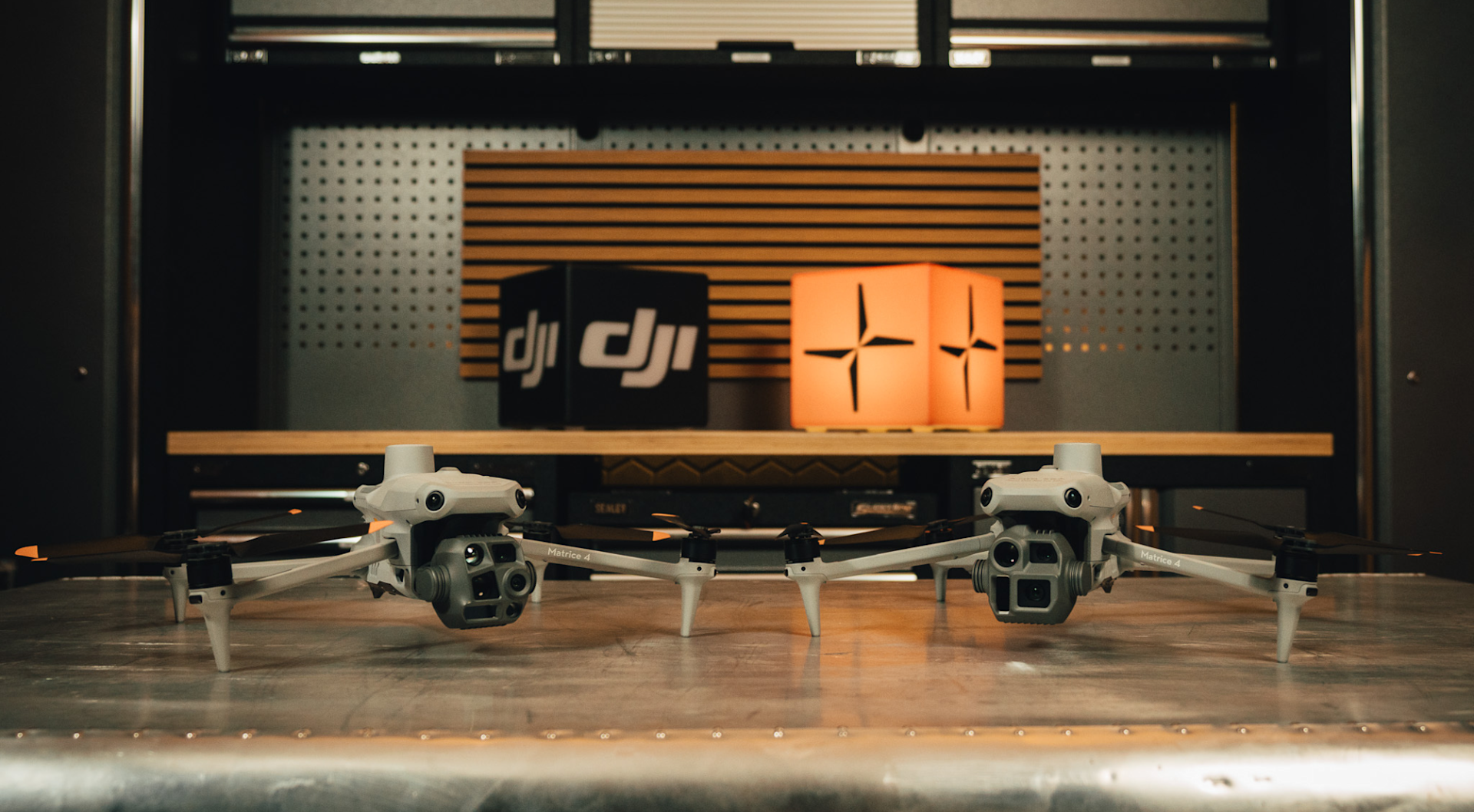
Benefits of using AI drone features
Ross outlines two key advantages of AI in drones.
"Firstly, the extra data they provide can be mission critical, saving time and cost over traditional processing methods. Secondly, AI can significantly reduce the cognitive load on the pilot, enabling them to conduct the mission safely and improve the chances of a successful flight."
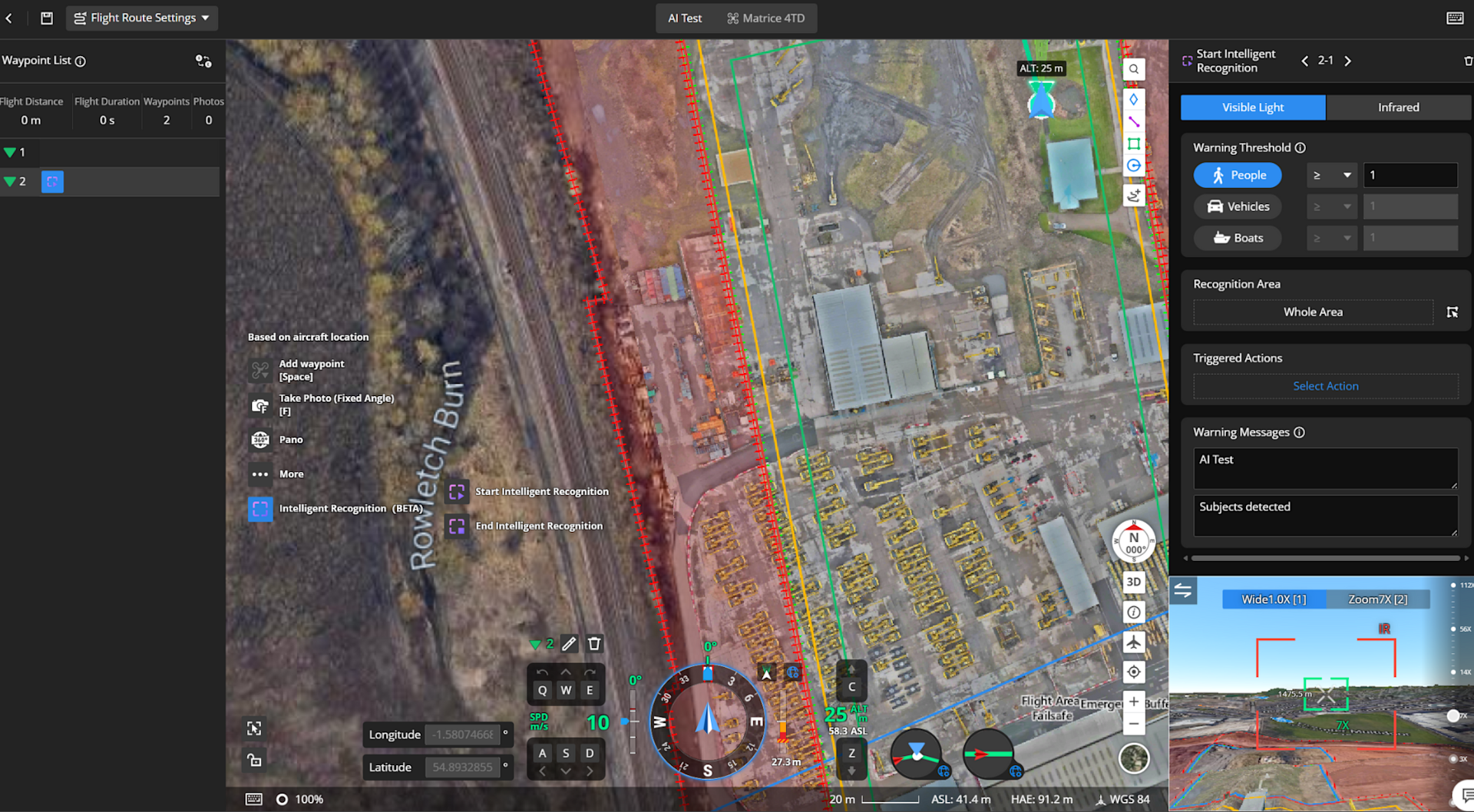
DJI FlightHub 2, Intelligent Recognition when programming Waypoint Missions. These routes support recognition actions capable of identifying people, vehicles, boats, or subjects displaying abnormally high or low temperatures.
Standard vs AI features
To keep things simple, we’ll refer to non-AI features as ‘standard’ features—for example, image stabilisation.
Standard features perform fixed tasks with the same result every time. An example is image stabilisation—it keeps footage smooth but doesn’t adapt or evolve.
AI features gather and process live data, such as object identification, facial recognition, or number plate reading—using image data to detect key elements by referencing a database. The algorithm continuously learns from each task, improving its accuracy over time.
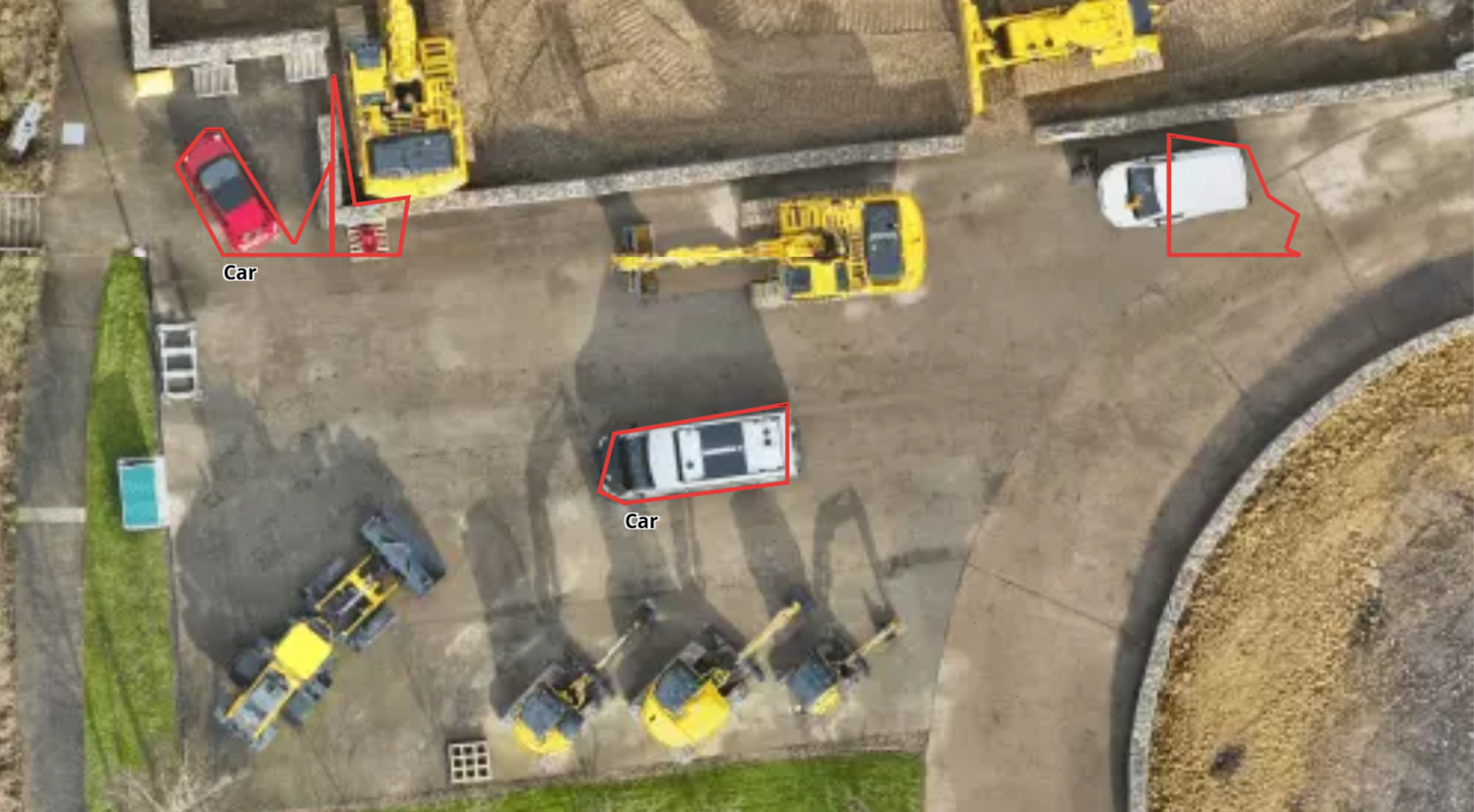
DJI FlightHub 2, Object Detection.
Another great example is the DJI Mini 4 Pro or M350 RTK's obstacle avoidance system.
Setting your flight path is a standard feature. The AI element comes into play when the drone’s onboard system processes the sensor and camera data in real-time, detecting hazards and automatically adjusting its route to avoid them—without needing direct input from the pilot.
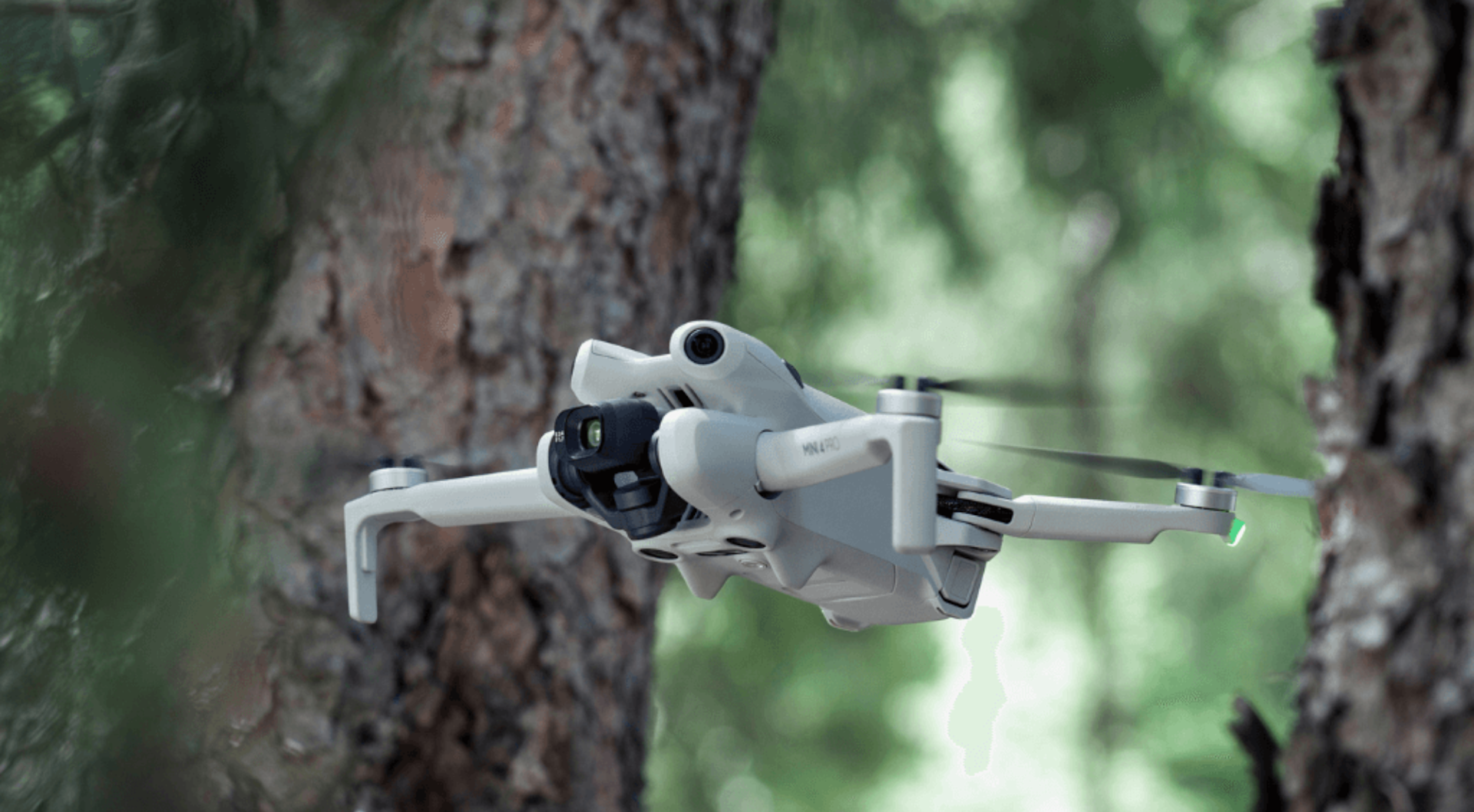
Ross summarises three simple ways to quickly identify an AI drone feature:
Is a form of learning taking place?
Is this being done quicker and more accurately than a human?
Has there been any evolution since the initial command?
DJI FlightHub 2 Smart Features
One of the most significant examples of AI in drone technology is DJI’s FlightHub 2.
This cloud-based platform combines multiple AI algorithms to improve the accuracy, speed, and overall efficiency of drone missions—from industrial inspections to search and rescue.
Real-Time Detection: Identifies people, vehicles, and boats, sending instant alerts when detected.
Smart Track: Automatically locks onto and follows objects, ensuring continuous tracking.
Automated Routes with Smart Detection: Pre-programmed object detection in waypoint routes triggers alerts and data capture.
Automatic Routes & Notifications: Creates intelligent flight routes, detecting vehicles, vessels, and infrared anomalies, with instant operator alerts.
Change Detection: Compares 2D maps over time, highlighting differences for better situational awareness.
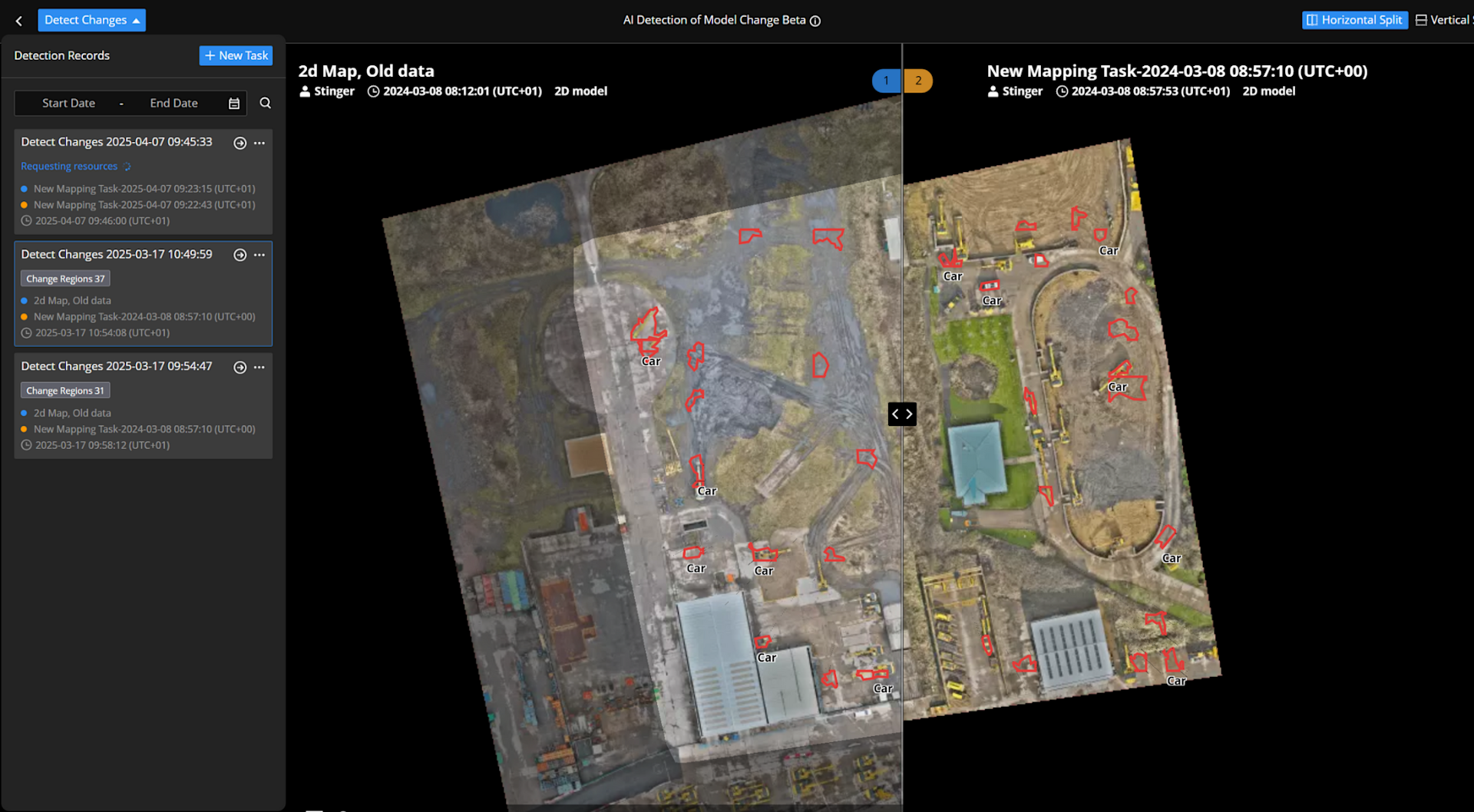
The future of AI and drones
Similar to the evolution of smartphones, drones are increasing in power and capabilities and shrinking in size.
New models like the Matrice 4 Series pack enterprise-grade features into a compact, IP55-rated body, suitable for mapping and thermal operations with high precision.
AI has made data processing faster than ever. In critical missions like search and rescue, drones can now react with greater accuracy and speed thanks to smart route planning and obstacle detection.
The future of drones and AI is closely linked, with AI powering the development of smarter, more capable features. It gives developers the tools to improve performance and take drone operations to the next level.
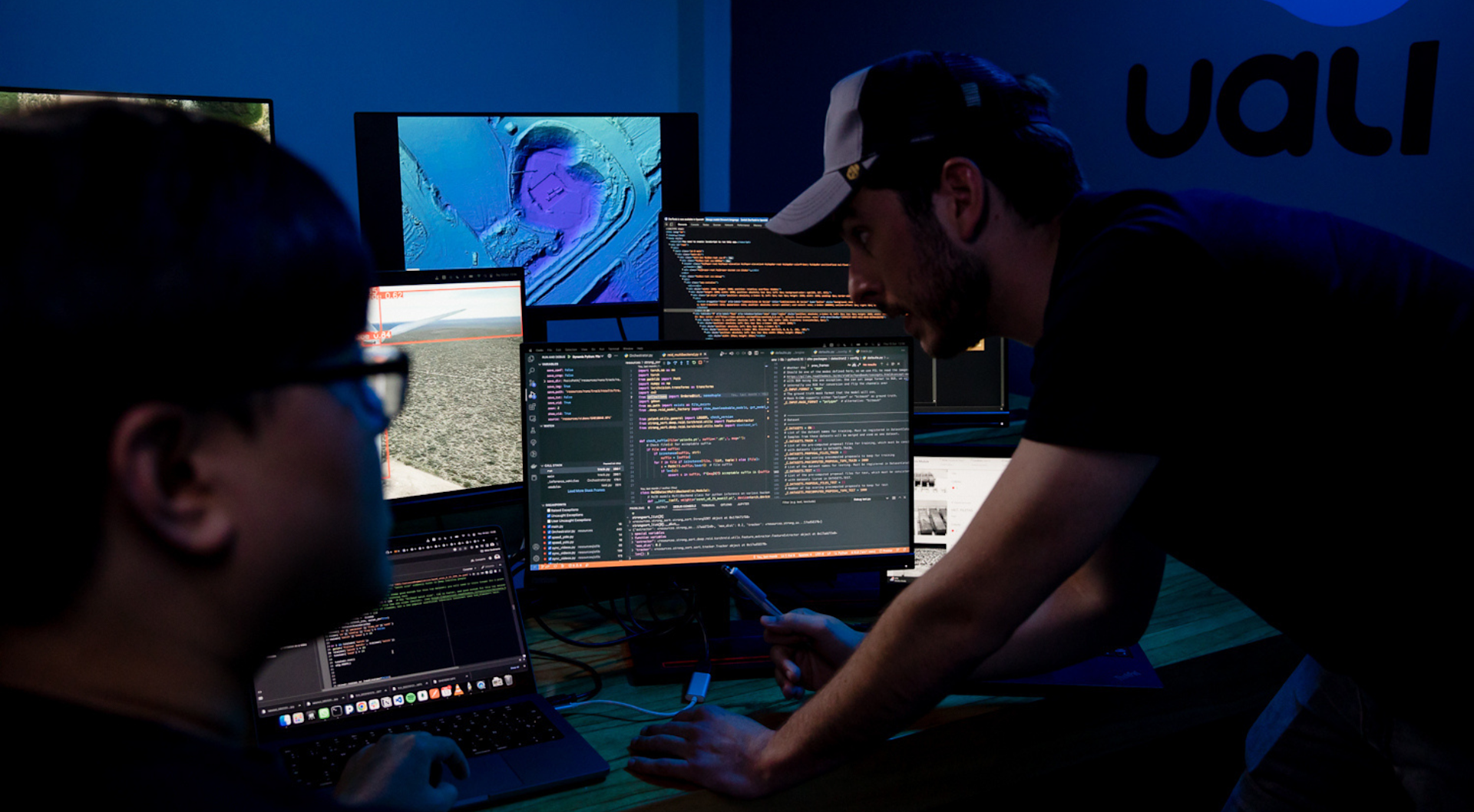
Key takeaways
AI enables smarter drone operations by using algorithms that process data faster and more accurately than humans, enhancing mission efficiency and safety.
AI supports core drone functions such as data processing, navigation, and automation—powering features like object tracking, obstacle avoidance, and autonomous flight.
DJI FlightHub 2 showcases advanced AI use, offering real-time detection, automated tracking, and smart route planning for critical missions.
AI features evolve with use, learning from live data to adapt and improve performance—unlike standard features which produce fixed outcomes.
The future of drones is AI-driven, with compact, enterprise-ready models like the DJI Matrice 4 Series using AI for precise, real-time applications.
Final thoughts
Overall, AI is now a fundamental part of the drone industry, enhancing safety, accuracy, and efficiency.
As technology evolves, AI will play an even bigger role in how drones are used across so many industries—from agriculture to emergency response and inspection.
Keep up to date with Heliguy blogs for more drone news and get in touch with our experts to learn how the features we discussed today can benefit your operations.
